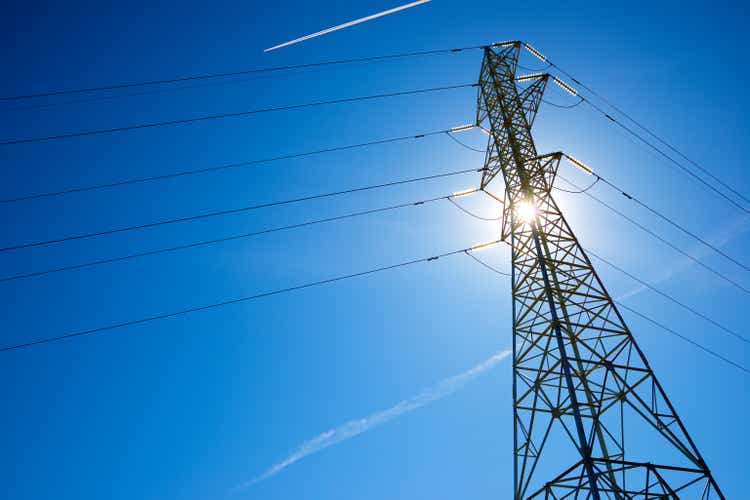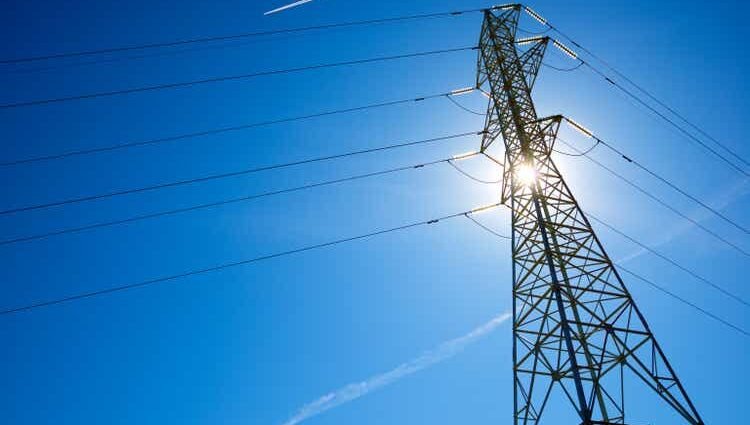
pedrosala/iStock via Getty Images
Higher electricity bills are ahead for most of the U.S. this summer, as the Energy Information Administration forecasts the average monthly residential power bill in the U.S. rising to $173 in June, July and August, up 3% from a year ago.
The biggest bumps in electricity expenses are expected along the Pacific Ocean and in New York, New Jersey and Pennsylvania, while New Englanders can expect to receive smaller bills than in 2023 on average, as should residents of Texas, Oklahoma, Arkansas and Louisiana, even though they can anticipate another summer of America’s biggest power bills, the EIA said in a recent analysis.
This month likely will end up as the warmest June in records dating back to 1950, both in terms of actual temperature and cooling-degree days, Maxar senior meteorologist Steve Silver told Dow Jones.
Air conditioning bills would be even higher if this past winter had not been so warm; with less need for heat, a lot of natural gas was left unburned, and prices plunged during the spring, when demand for gas is low.
U.S. natural gas prices have begun to rebound as inventories have been burned down, with front-month July futures ending the week at $2.71/MMBtu, up 74% from a low in late March and 5% higher than a year ago.
While renewable energy production is rising, natural gas remains the dominant means of producing electricity in the U.S., accounting for 43% of utility-scale power generation last year – more than nuclear, coal and wind combined – the EIA said.
ETFs: (NYSEARCA:XLU), (UNG), (BOIL), (KOLD), (UNL), (FCG)










